How to Write Effective AI Prompts
How to Write Effective AI Prompts (And How MeetTony Makes It Work for Your Business)
You've heard the buzz: AI is transforming how businesses operate. But here's the thing most people don't tell you—the quality of your results depends entirely on how well you communicate with AI.
Think of it like hiring a new employee. You wouldn't just say "handle marketing" and walk away, right? You'd give clear instructions, context, and examples. The same principle applies to AI prompts.
As small business owners, you're already juggling countless tasks. The last thing you need is to spend hours learning the nuances of AI communication. That's where understanding prompt fundamentals—and having the right support—makes all the difference.
The Anatomy of a Powerful Prompt
1. Be Crystal Clear About What You Want
Weak prompt: "Write about customer service"
Strong prompt: "Write a 300-word email template for following up with customers who submitted a support ticket but haven't responded to our initial solution within 48 hours. The tone should be helpful but not pushy."
The difference? Specificity. The stronger prompt includes:
Format: Email template
Length: 300 words
Context: Follow-up for unresponsive support tickets
Timeline: 48 hours
Tone: Helpful but not pushy
2. Provide Context and Background
AI performs significantly better when it understands the bigger picture. Instead of jumping straight into your request, set the stage:
"I run a local fitness studio with 150 members. We've noticed a 20% drop-off rate after the first month. I need help creating a retention strategy that focuses on building community and addressing common beginner concerns."
This context helps AI tailor its suggestions to your specific business size, industry, and challenge.
3. Use Examples to Guide Output
Show AI what "good" looks like by providing examples:
"Write three subject lines for our newsletter. Here are examples of our most successful ones:
'Sarah lost 15 lbs with this simple change'
'Why your morning routine is sabotaging your goals'
'The workout mistake 80% of our members make'
Notice they're personal, specific, and create curiosity without being clickbait."
4. Specify Format and Structure
Don't leave formatting to chance. Be explicit about how you want information presented:
"Format as a bullet-point checklist"
"Create a table with three columns: Problem, Solution, Timeline"
"Write in a conversational tone, as if explaining to a friend"
"Structure as: Problem statement, three potential solutions, recommended next steps"
5. Set Constraints and Limitations
Constraints actually improve creativity and relevance:
"Keep responses under 150 words"
"Focus on solutions that cost less than $500/month"
"Only suggest strategies we can implement with a team of 3 people"
"Avoid technical jargon—write for someone with no marketing background"
Common Prompt Mistakes That Kill Results
The Vague Request
"Help me with social media" tells AI almost nothing. What platform? What goals? What industry? What's your current challenge?
The Everything Bagel
Asking AI to solve five different problems in one prompt usually results in surface-level answers to all of them. Focus on one clear objective per prompt.
Forgetting Your Audience
Always specify who the output is for: "Write this for busy small business owners" vs. "Write this for our technical team" will produce very different results.
Ignoring Brand Voice
AI doesn't know if your brand is playful or professional, casual or formal. Always include tone guidance.
Advanced Prompt Techniques for Business Applications
The Role-Playing Method
"Act as an experienced customer success manager. A client just canceled their subscription citing 'lack of value.' Write a response email that addresses their concerns and offers a solution to win them back."
The Step-by-Step Breakdown
"Break down the process of launching a customer referral program into 5 actionable steps. For each step, include: what to do, tools needed, timeline, and success metrics."
The Comparison Framework
"Compare three different pricing strategies for our new service: cost-plus, value-based, and competitive pricing. For each, explain the pros, cons, and best use cases for a service business with 50-200 clients."
How MeetTony Transforms Prompt Knowledge Into Business Results
Here's the reality: knowing how to write good prompts is just the beginning. The real magic happens when you can systematically apply this knowledge across your entire business operation.
From One-Off Prompts to Automated Workflows
While you might use a prompt to generate a single email or social media post, MeetTony helps you build repeatable systems that use these prompting principles automatically.
For example, instead of manually prompting AI each time you get a new customer inquiry, we can create an automated workflow that:
Categorizes the inquiry type
Generates a personalized response using proven prompt templates
Routes follow-ups based on customer responses
Updates your CRM with relevant information
Custom AI Agents That Know Your Business
Generic AI tools don't understand your industry terminology, customer pain points, or brand voice. MeetTony builds custom-trained AI agents that:
Know your products, services, and pricing inside-out
Understand your customer personas and their common questions
Maintain your brand voice across all communications
Access your internal knowledge base for accurate, up-to-date information
Integration That Actually Works
The best prompt in the world doesn't help if the output sits in isolation. MeetTony connects your AI-powered processes with your existing tools:
CRM Integration: Automatically update customer records with AI-generated insights
Marketing Automation: Feed AI-created content directly into your email sequences
Customer Support: Route AI-generated responses through your helpdesk system
Project Management: Create AI-powered task assignments in your workflow tools
Real-World Application: A Day in the Life
Let's see how this looks in practice for a typical small business:
9:00 AM: New customer inquiry comes in. Your AI agent (trained with your best prompts) generates a personalized response, categorizes the lead, and schedules appropriate follow-ups in your CRM.
10:30 AM: Weekly newsletter needs content. Your automated system uses proven prompt templates to generate topic ideas based on recent customer questions, creates draft content in your brand voice, and queues it for review.
2:00 PM: Customer support ticket escalates. Your AI workflow analyzes the issue, references your knowledge base, and generates a detailed response for your team to review and send.
4:00 PM: Monthly reporting time. Your system automatically generates performance summaries, identifies trends, and creates action items—all using the same clear, structured prompting principles.
Getting Started: Your Next Steps
1. Audit Your Current Repetitive Tasks
Look for processes you do weekly or monthly that follow similar patterns. These are prime candidates for AI automation.
2. Start with High-Impact, Low-Risk Applications
Begin with internal processes or non-customer-facing tasks where you can test and refine your approach.
3. Document Your Best Practices
When you find prompts that work well, save them as templates. This becomes the foundation for automation.
4. Think Systems, Not Tasks
Instead of "How can AI help me write this email?" ask "How can AI help me manage customer communication more effectively?"
The Bottom Line
Learning to write effective prompts is valuable, but it's just the entry point. The real competitive advantage comes from systematically applying these principles across your entire business operation.
You don't need to become an AI expert overnight. You need practical solutions that work with your existing processes and actually save you time.
That's exactly what MeetTony delivers: the power of well-crafted AI prompts, automated into reliable business systems, integrated with your existing tools, and customized for your specific needs.
Ready to move beyond one-off prompts and build AI systems that actually work for your business?
Let's talk about how MeetTony can transform your operations with practical AI solutions that fit your workflow, not the other way around.
MeetTony specializes in building custom automation, AI agents, and workflows for small businesses. We don't just set things up and disappear—we guide you through the tools, train your team, and make sure you understand the systems we build.

